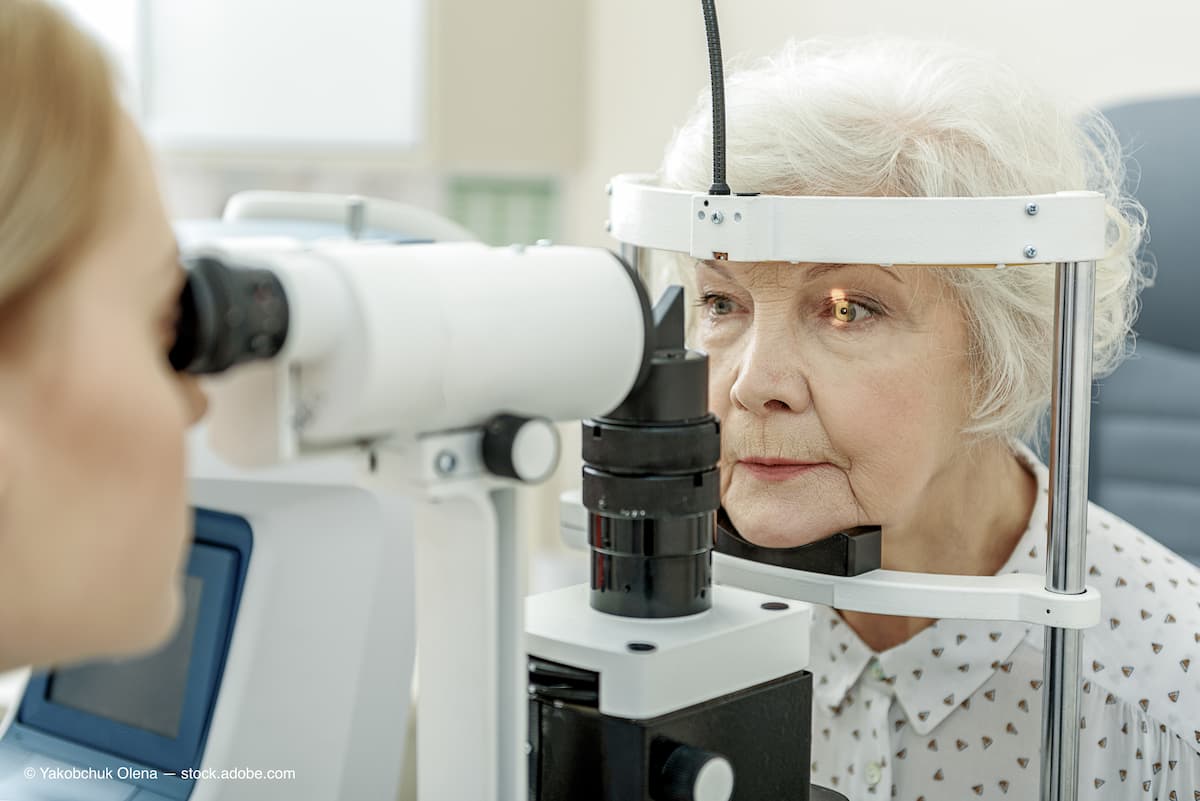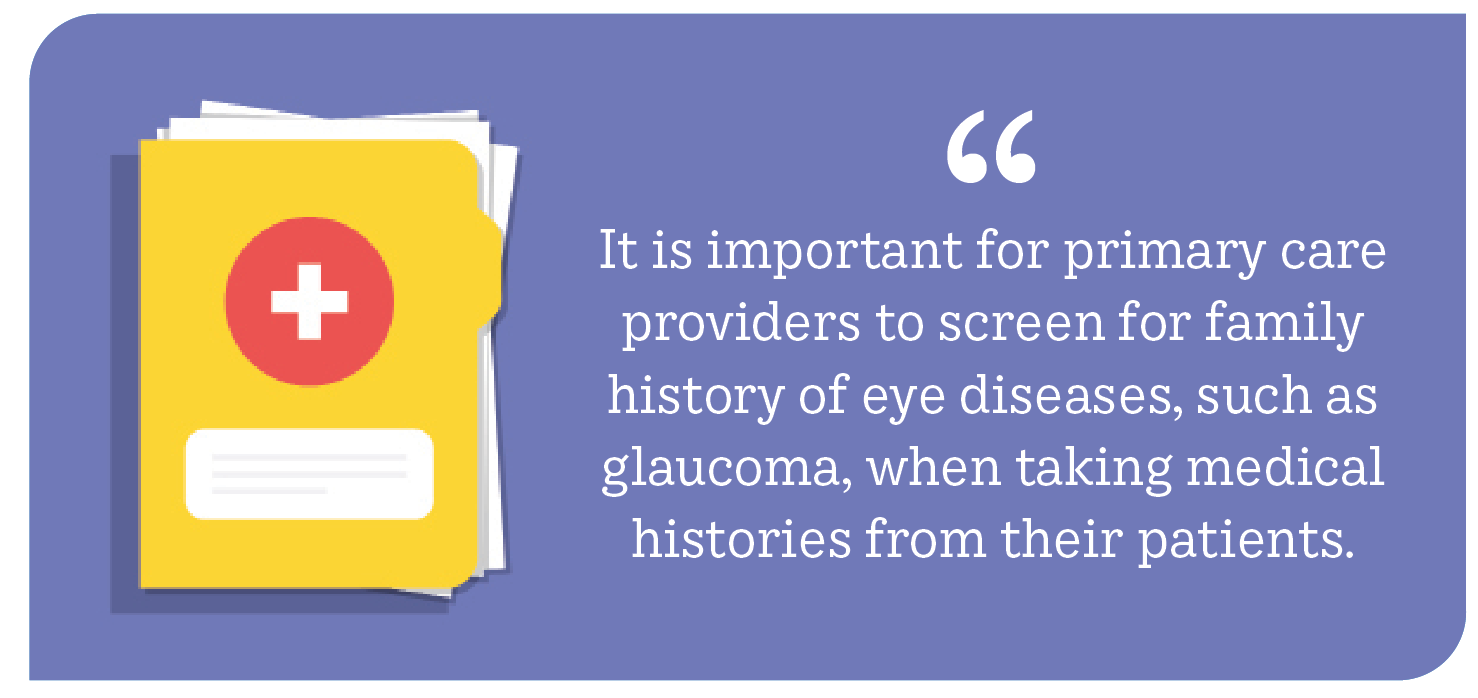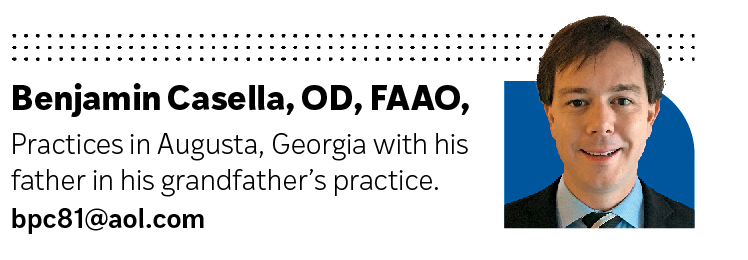The riddle of managing glaucoma: accounting for lurking variables
Glaucoma therapy isn't as cookie-cutter as it seems on the surface.
Glaucoma is a neuropathy riddled with variables, including the concept of pragmatism. This is especially true when it comes to glaucoma management. As cookie-cutter as glaucoma therapy may sound on the surface, it really isn’t. This therapy varies regarding different subtypes of glaucoma, be they exfoliative, pigmentary, normal tension, etc.

Hypothetically speaking, if I were to poll prescribers about their preference for first-line pharmaceutical therapies, I would expect to see prostaglandin analogues and nonselective β-blockers at or near the top of the list. If I divided the polling question into different subtypes of glaucoma and opened the answer choices to nonpharmacologic treatments as well, I would expect to see more variety in answers, especially regarding secondary open-angle glaucoma.
Going back to glaucoma and pragmatism, there are factors other than subtype and mechanism of action that influence how and when we decide to manage glaucoma. Those factors tend to center around individual patient characteristics that are not intrinsic to their eyes and/or visual systems.
Age at onset of disease is an important factor. Younger patients who present with glaucoma (especially perimetric glaucoma) may require more aggressive treatment; they may have a relatively longer amount of time to live with this progressive disease.

Authors of a paper recently published in Clinical Ophthalmology sought to determine a possible relationship between several diseases and the onset of primary open-angle glaucoma (POAG).1 The authors investigated the possible relationship of hypertension, type 2 diabetes, migraine, and obstructive sleep apnea to early onset glaucoma. The cross-sectional study included chart reviews and verbal surveys via phone calls. Of the 1116 patients eligible for the study, 727 were excluded for reasons such as the presence of secondary open-angle glaucoma, secondary systemic hypertension, type 1 diabetes, and fewer than 3 clinic visits.
For the 389 eligible patients in this study, their mean age of POAG diagnosis was cross-referenced with the presence of the 4 previously mentioned medical conditions. Of note, the presence of migraine and/or obstructive sleep apnea was not associated with any significant difference in the age of patients at the time of their POAG diagnoses. In summary, the presence of type 2 diabetes and/or hypertension at an earlier age was associated with an earlier age at the time of POAG diagnosis.
Any study that includes phone interviews with study participants is open to potential for misinformation in the data. However, this is a valuable study, in my opinion. One major takeaway from this study is the fact that patients with hypertension or type 2 diabetes may benefit from earlier glaucoma screenings.
It is important to note the cross-sectional nature of this study means the cohorts of patients were not studied in a prospective, longitudinal manner. This study examined the age of onset of POAG diagnosis and not how these patients’ conditions behaved over time.

Although we advocate for periodic comprehensive eye examinations, the information presented in the conclusion of this study would be useful for patients’ health care providers who manage their hypertension and/or type 2 diabetes. Such patients may benefit from a referral to an eye doctor.
In addition, it is important for primary care providers to screen for family history of eye diseases, such as glaucoma, when taking medical histories from their patients. Such information may lead to necessary referrals for conditions that would be otherwise overlooked.
Reference
1. Wooliscroft J, Akram R, Zuberi H, et al. Predictors of early onset glaucoma. Clin Ophthalmol. 2022;16:1925-1932. doi:10.2147/OPTH.S360719

Newsletter
Want more insights like this? Subscribe to Optometry Times and get clinical pearls and practice tips delivered straight to your inbox.